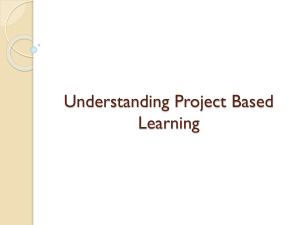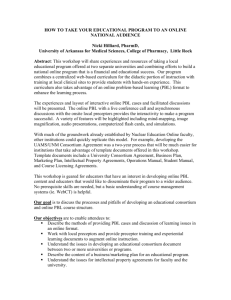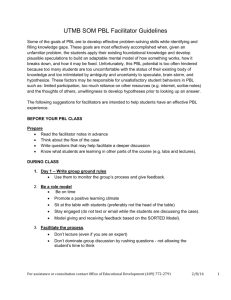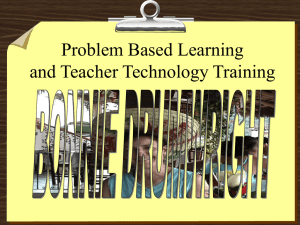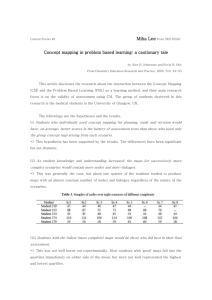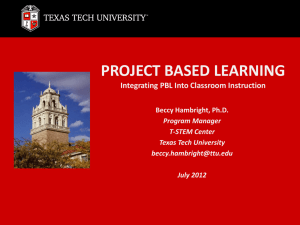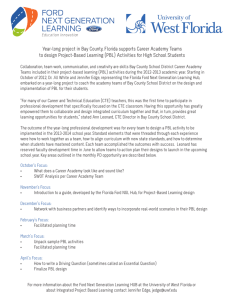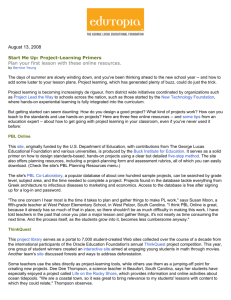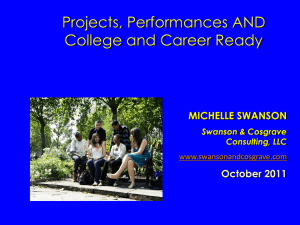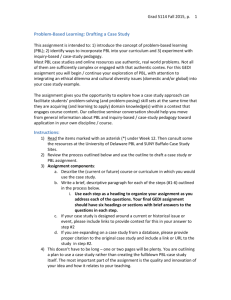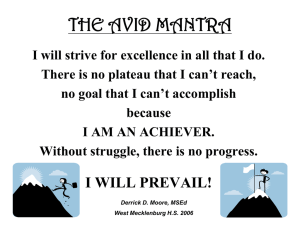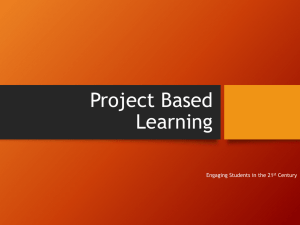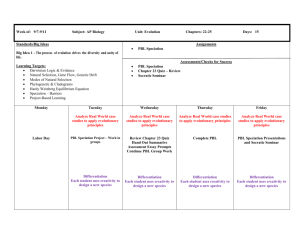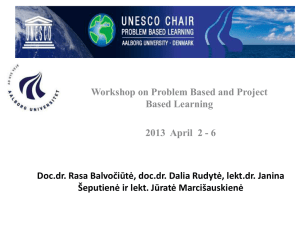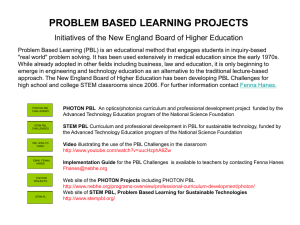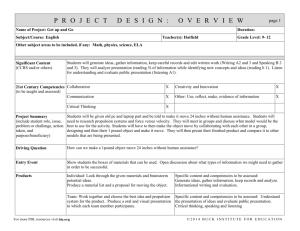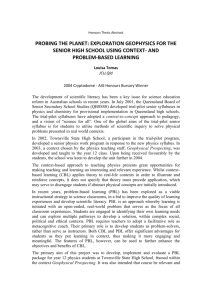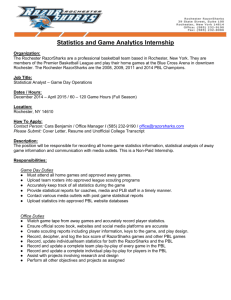11.1 and 11.2 Strategic Plan School Board Update
advertisement
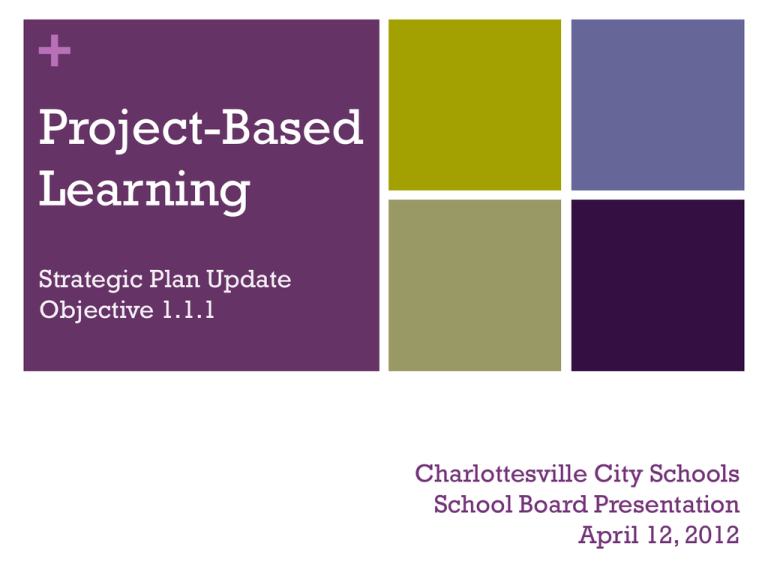
+ Project-Based Learning Strategic Plan Update Objective 1.1.1 Charlottesville City Schools School Board Presentation April 12, 2012 + What is Project Based Learning? The Buck Institute For Education (BIE) defines PBL as “a systematic teaching method that engages students in learning important knowledge and 21st century skills through an extended, studentinfluenced inquiry process structured around complex, authentic questions and carefully designed products and learning tasks.” + In other words… [PBL] is not the dessert you serve students so they can “have fun” or “get a hands-on experience” after a traditional unit of instruction. Instead, a project is the main course that organizes the unit… it’s helpful to think of the project as the unit. -Buck Institute for Education + Sample Projects Schoolyard Gardens Buford Sod House Tulip Project + Life Science Garden Project Unit Outline SOL Objectives Scientific Investigation Processes & Skills (LS.1a-j) Students… Conduct research on plant coverings and assigned plants Design investigations to test their hypotheses regarding plant coverings and growth Collect and record data over 6 weeks Data graphed across classes and students identify trends Analyze data and draw conclusions Create and deliver a presentation on their results + Moving Forward School-based teams, led by assistant principals and supported by coordinators, will develop customized PBL units Teams will establish at least one PBL unit at each grade level and/or course Field Experiences Panel presentations at grades 5, 8, and 10 + Division Support Professional Development Administrators Teachers BIE PBL Toolkits Step-by-step guidance, tools, and tips for implementing PBL + On-Going Support Dedicated time for cross-school planning Creating unit plans Overcoming obstacles Ensuring consistency Evaluating the quality and effectiveness of PBL units 9 + Charlottesville City Schools College Readiness and Career Pathways Strategic Plan Objective 1.3.2 + Division-wide Focus on College Readiness and Career Pathways 11 + Fourth Grade Goes to College 12 + AVID: Pathways to College Systematic Approach Helping Students Complete rigorous college preparatory path Succeed in challenging classes Enroll in four-year colleges Training Teachers Cornell note taking Socratic seminars Philosophical chairs 13 + 14 AVID at Walker, Buford & CHS Year 1 (2010–2011) 5 grade levels; 7th–11th 180 students 3 AVID teachers Year 2 (2011–2012) 7 grade levels; 6th–12th 266 students 4.6 AVID teachers All AVID seniors making college plans + College Tours & Career Exploration It’s all about Relationships, Rigor, and Relevance! 5 + Moving Forward Thinking Differently Discussions with Universities Dual enrollment courses College courses offered at the high school level Discussions with Students Don’t take courses in isolation Connect with college majors & career pathways Be thoughtful and deliberate Develop a plan 16


